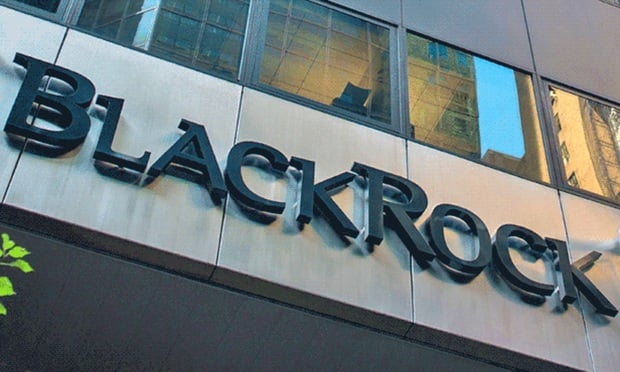Although the unemployment number remains high, employers continue to struggle with recruiting and retaining employees with critical skills, and this is largely due to a mismatch in rewards offered by employers and those desired by employees, says Laura Sejen, global practice leader, rewards at Towers Watson, a global professional services company in New York City.
Based on a new study by Towers Watson, the top reward desired by employees is a competitive base salary. Of course, other benefits certainly carry value, much of the success of recruiting and retention comes down to competitive pay.
"With all the other changes that have been going on in the workplace, employees are looking to that competitive base pay as something that's a stable form of reward within their total rewards portfolio," Sejen says. "If offered a comparable job from a different employer for more pay, employees would be inclined to go."
Recommended For You
However, given today's economy, many employers are running on tighter budgets, and payroll is often the highest expense for an organization's operating budget, Sejen says. While many employers are budgeting for 3 percent salary increases, this is only slightly above the inflation rate that is hovering near 2 percent. At that rate, employees are barely keeping ahead and much more likely to leave when a higher salary become available.
"We recommend that employers try to ensure the base line competitiveness of their salaries," Sejen says. "It's the Goldilocks approach – not too little, not too much. You just need to make sure you're competitive, and you are not prevented from hiring the types of people you want to hire or retain the types of people you need to retain."
Additionally, employers should focus on career development, Sejen says. As employers are trying to keep payroll budgets conservative, outlining future career plans gives employees the chance to see potential job advancements, which typically means higher salaries in the future. Discussing career development also suggests job stability, and that is another one of the top drivers of recruiting and retention, especially in today's economy.
"There's not an explicit, hard dollar cost associated with clarifying career paths for employees," Sejen says. "It's salary increase in disguise. Employees simply having an understanding of what career paths or career moves might be available can be helpful."
The Towers Watson survey finds that both employers and employees do not appreciate performance management, but that is a mistake, Sejen says. With performance management, an employer can convey organizational priorities and objectives that employees should focused on from a team level as well as an individual level.
"If an employer can get performance management right, it's the best way to link pay decisions to performance outcomes," Sejen says. "It's a challenge and an opportunity for companies to try to improve their efforts around performance management."
© Touchpoint Markets, All Rights Reserved. Request academic re-use from www.copyright.com. All other uses, submit a request to [email protected]. For more inforrmation visit Asset & Logo Licensing.






